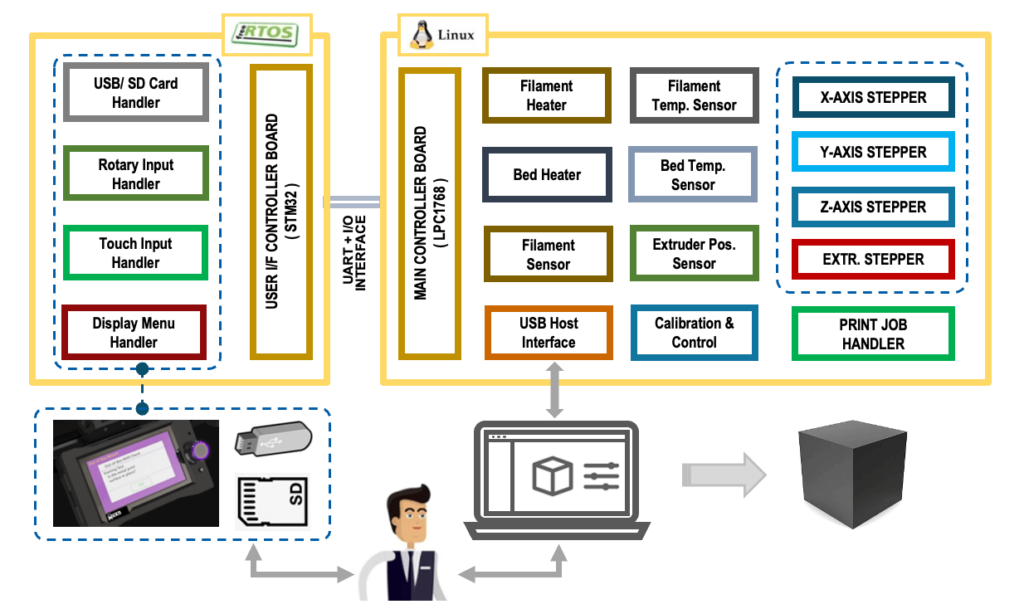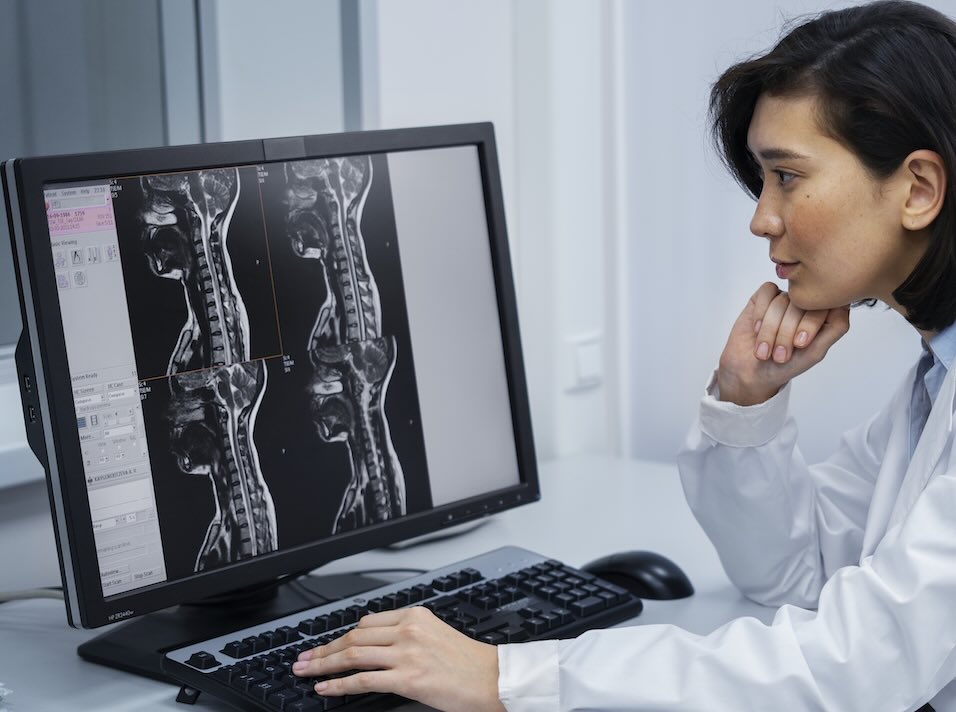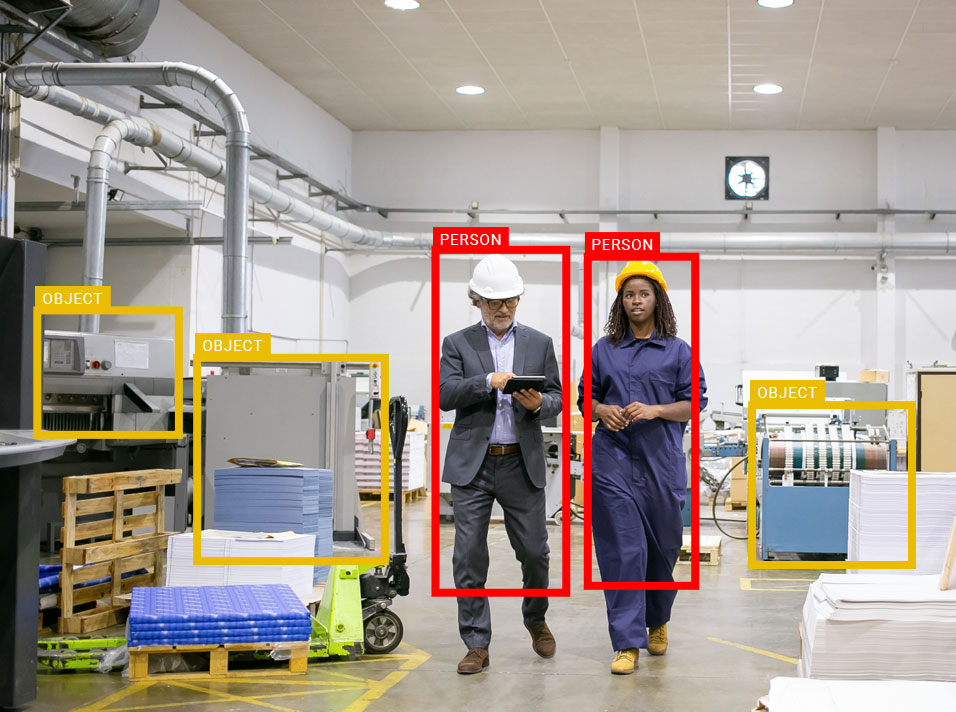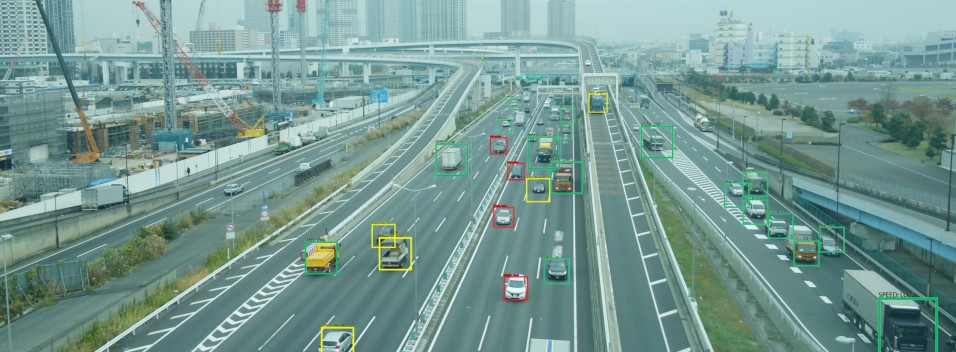Overview
Opensource-based system development for the custom hardware based on a generic 3D printer hardware platform developed by a partner company. An easy-to-use, menu-driven workflow and graphical UI envisaging unmanned usage scenarios in public KIOSKs were required. Unmanned operations enable customers to bring their design files in USB Disks or SD Cards, insert them and follow a menu-based workflow triggered when the disk is detected. The major development challenges were to create a single source code for two product models and a source code structure that allow easy merging with the time-to-time open-source releases.





